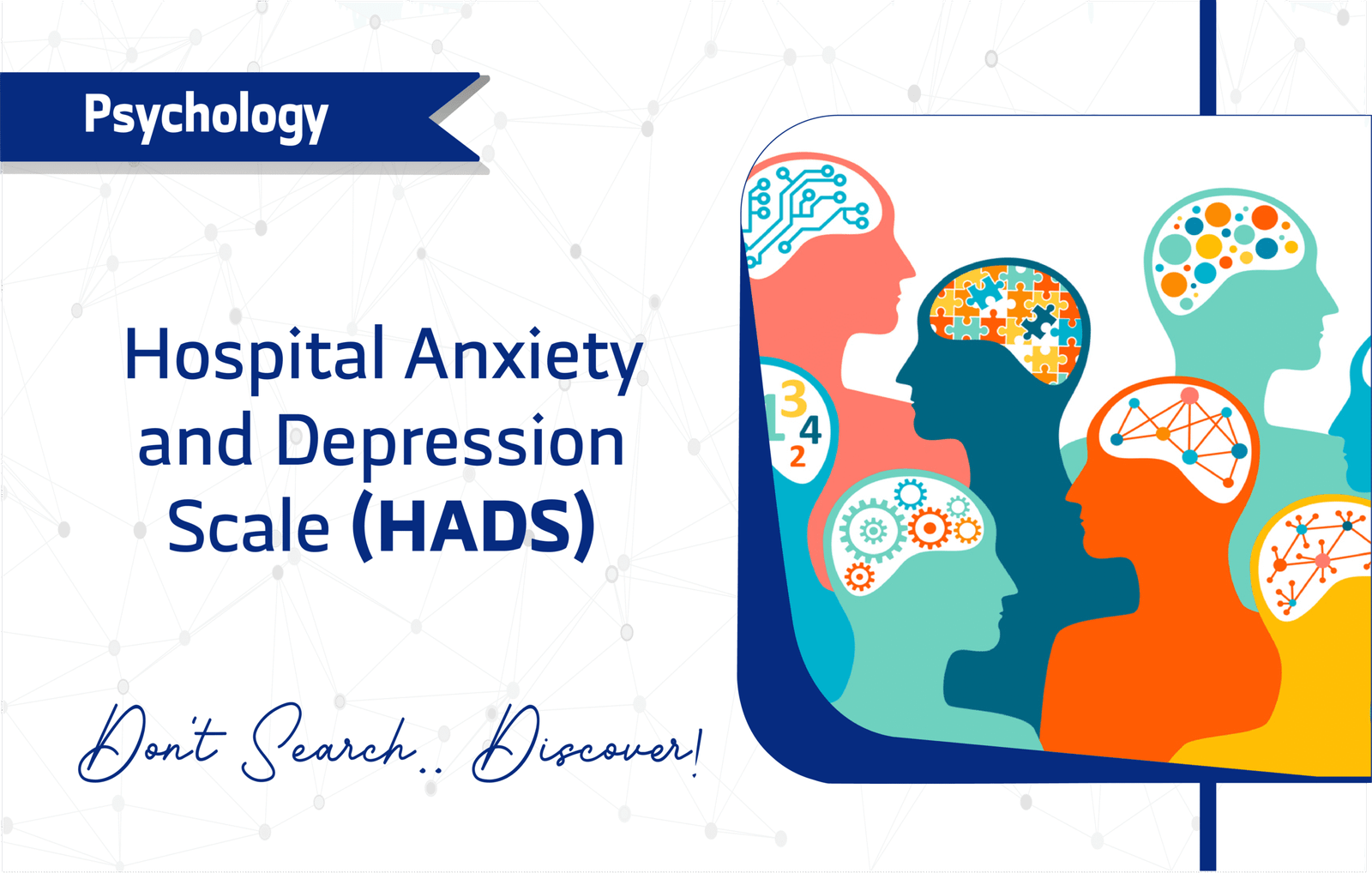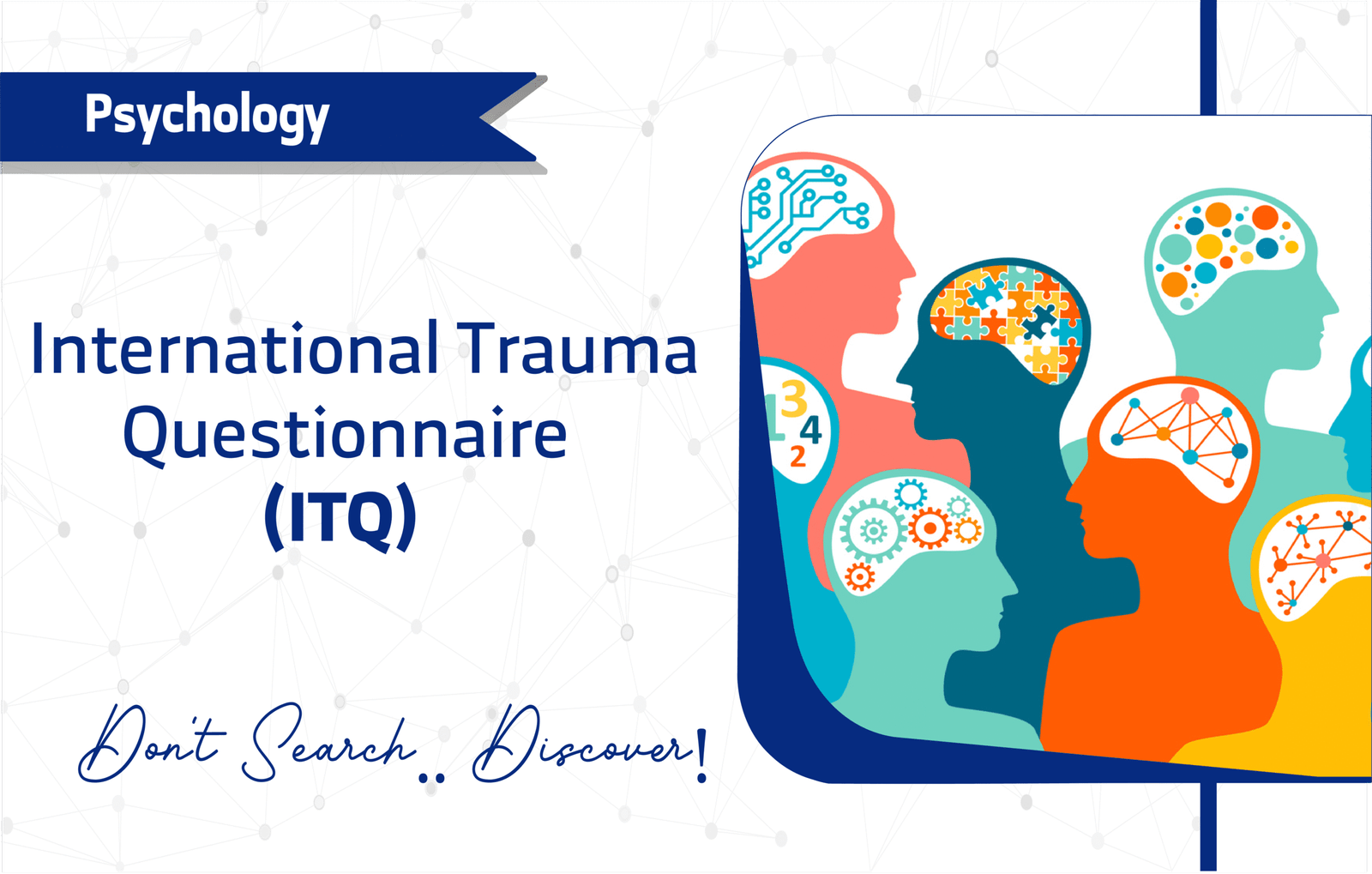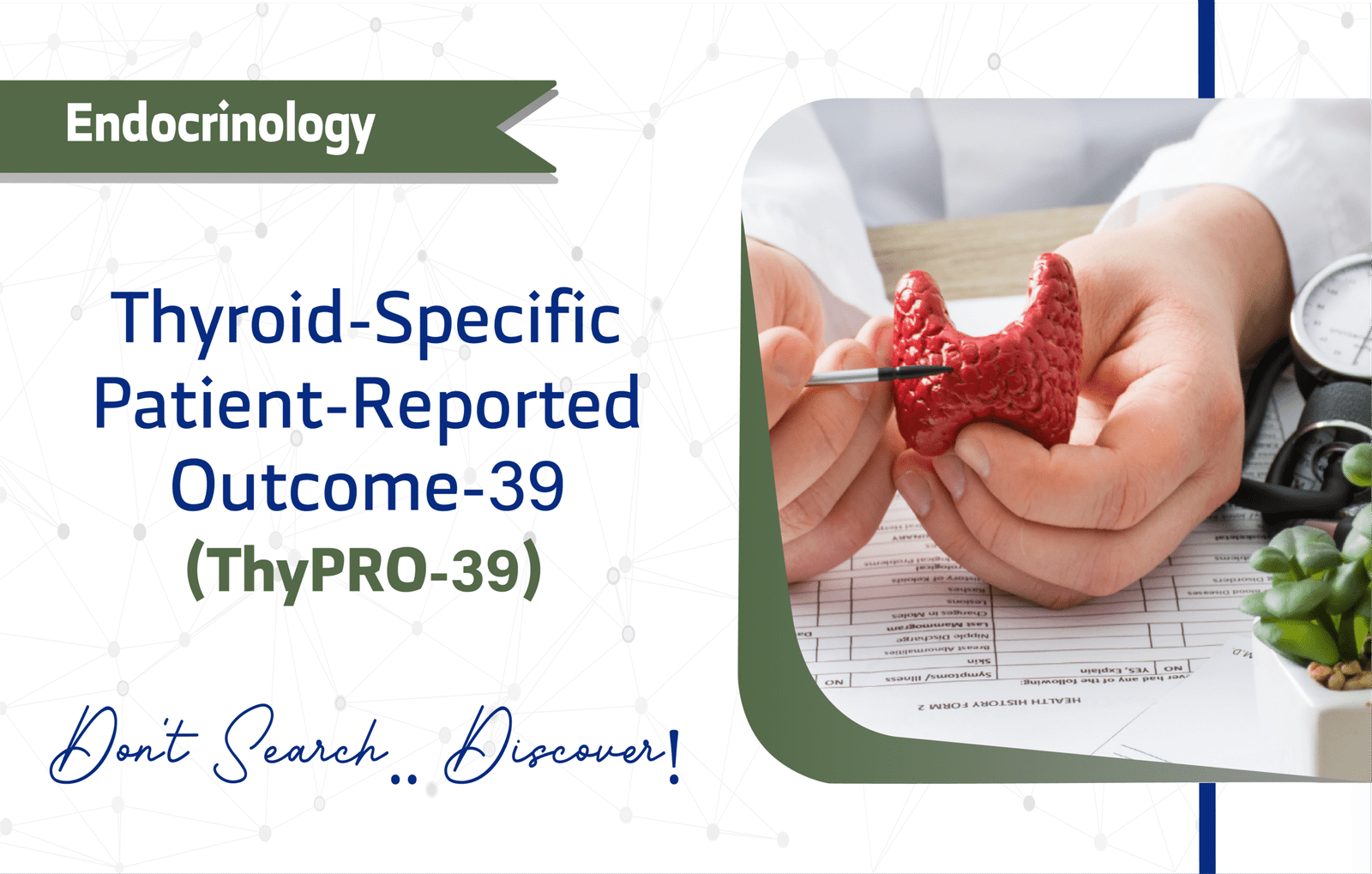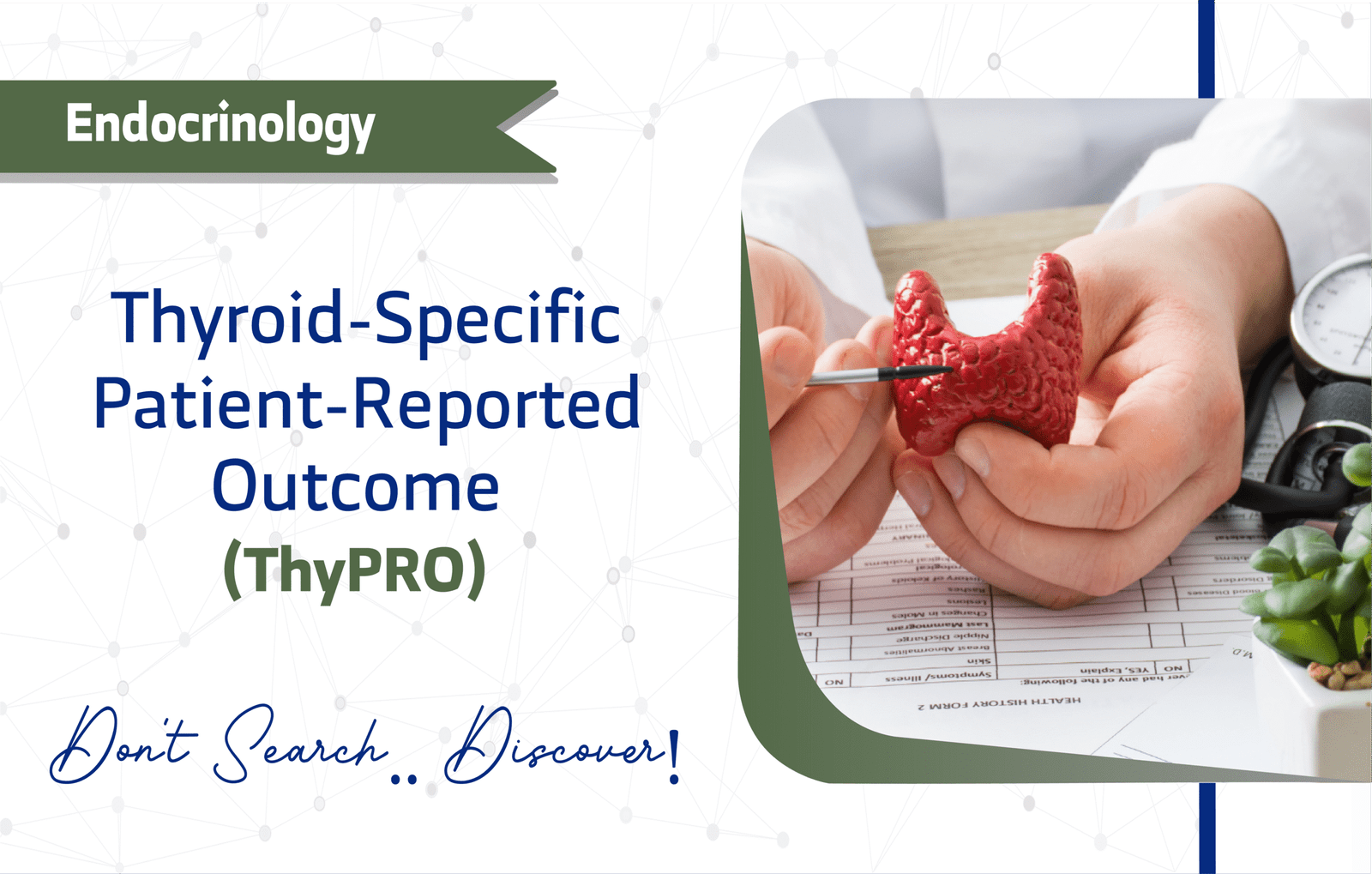Introduction
The Hospital Anxiety and Depression Scale (HADS), developed by Anthony S. Zigmond and R. Philip Snaith in 1983, is a concise, validated tool designed to screen for anxiety and depression in hospital, primary care, and community settings. With over 3,000 citations on Google Scholar, its reliability and brevity have made it a cornerstone in mental health research and clinical practice (Zigmond & Snaith, 1983).
This article provides researchers and clinicians with a comprehensive guide to the HADS’s structure, applications, and clinical value, ensuring actionable insights for improving patient outcomes.
Key Features of the Hospital Anxiety and Depression Scale
Purpose and Use
The HADS serves as a self-report instrument to assess anxiety and depression, particularly in medical settings. Specifically, it evaluates emotional symptoms to identify patients requiring intervention, enabling clinicians to monitor symptom progression and tailor treatments. Moreover, researchers use it in clinical trials and epidemiological studies to quantify mental health impacts. For example, its brevity makes it ideal for longitudinal studies where minimizing patient burden is critical.
Target Population
The HADS targets adults aged 16 and older, including:
- Young adults (18–24 years).
- Middle-aged adults (25–44 years).
- Older adults (45–64 years).
- Seniors (65+ years).
It is designed for individuals in medical or community settings, making it suitable for mental health clinics and research. However, it lacks validation for pediatric or adolescent populations under 16.
Structure
The HADS comprises 14 items, evenly split between two subscales: seven items assessing anxiety and seven evaluating depression. Each item focuses on emotional symptoms, such as feeling tense or cheerful, using a 4-point Likert scale ranging from 0 (not at all) to 3 (most of the time). This structure allows for a focused yet comprehensive evaluation of mental health, covering key aspects like worry, restlessness, and low mood. Consequently, the questionnaire’s design ensures quick administration while capturing essential data for clinical and research purposes.
Scoring Method
The HADS uses a 4-point Likert scale (0 = not at all, 3 = most of the time), with separate scores for anxiety and depression subscales (0–21 each). Total scores range from 0 to 42, with higher scores indicating greater symptom severity. Cut-off scores for interpretation include:
- 0–7: Normal.
- 8–10: Mild.
- 11–21: Moderate to severe.
For instance, a score of 12 on the anxiety subscale may prompt clinicians to initiate further evaluation or intervention. This straightforward scoring system facilitates quick interpretation in clinical and research settings.
Administration Format
The HADS takes 5–10 minutes to complete, making it ideal for time-sensitive settings. It can be conducted via:
- Paper-based forms.
- Digital (online) platforms.
- In-person interviews.
Applications of Hospital Anxiety and Depression Scale
The HADS offers versatile applications in clinical settings:
- Screening: Identifies patients with significant anxiety or depression symptoms, signaling the need for intervention.
- Monitoring: Tracks changes in mental health over time, particularly during treatment trials.
Languages and availability
To support global use, the HADS is available in different languages, including:
- Arabic
- English
- Spanish
- French
- German
- Portuguese
- Japanese
This multilingual accessibility enhances its applicability in diverse clinical and research contexts.
The HADS is a public-domain tool, freely available for clinical and research use without restrictions. Consequently, no licensing or payment is required, making it accessible to healthcare professionals worldwide.
Reliability and Validity
The HADS exhibits robust psychometric properties, as demonstrated by a Cronbach’s alpha of 0.80, indicating high internal consistency. Validation studies, including those by Zigmond and Snaith (1983), confirm its strong correlation with tools like the PHQ-9 and GAD-7, ensuring a comprehensive mental health assessment. Furthermore, its sensitivity to changes in symptom severity makes it a reliable tool for monitoring treatment outcomes. Consequently, the HADS’s concise format maintains accuracy, making it an appealing choice for researchers and clinicians
Limitations and Considerations
Despite its strengths, the HADS has a few limitations:
- Self-Report: Patients may skew responses due to personal interpretation.
- Cultural Bias: May require adaptation for certain cultural contexts.
Other Versions And Related Questionnaires
The HADS includes a depression-specific subscale, HADS-D, for focused assessment.
Related tools include:
- Patient Health Questionnaire-9 (PHQ-9): Assesses depression severity.
- General Anxiety Disorder-7 (GAD-7): Targets generalized anxiety disorder.
- EuroQol-5 Dimensions (EQ-5D): A generic quality-of-life tool complementary to the HADS.
Additional Resources
For more information on the HADS and to access the full questionnaire, visit the following resources:
- Original Validation Study: Study Link
- Access Questionnaire : HADS PDF
- For inquiries, contact A. S. Zigmond or R. P. Snaith at @leeds.ac.uk Department of Psychiatry, 15 Hyde Terrace, Leeds LS2 9LT, England
- For additional HADS resources, consult Acta Psychiatrica Scandinavica
Frequently Asked Questions (FAQ)
- Who can use the HADS?
Clinicians, researchers, and healthcare providers use the HADS for adults aged 16 and older with potential anxiety or depression symptoms. - How long does it take to complete the HADS?
Patients typically complete the HADS in 5–10 minutes, making it feasible for busy clinical settings. - How is the HADS administered?
Healthcare teams administer the HADS via paper-based, digital, or interview formats, offering flexibility in usage. - Is there any cost to using the HADS?
The HADS is generally free to use, which contributes to its broad accessibility for clinical and academic research purposes.
A word from ResRef about Hospital Anxiety and Depression Scale
The Hospital Anxiety and Depression Scale (HADS) offers a reliable, validated, and comprehensive tool for screening anxiety and depression in patients. Whether you are a researcher evaluating mental health trends or a clinician improving patient care, the HADS reveals critical areas that need attention. Consequently, it leads to better outcomes and informed treatment decisions.
References
- Zigmond AS, Snaith RP. The hospital anxiety and depression scale. Acta Psychiatr Scand. 1983 Jun;67(6):361-70. doi: 10.1111/j.1600-0447.1983.tb09716.x. PMID: 6880820 link








